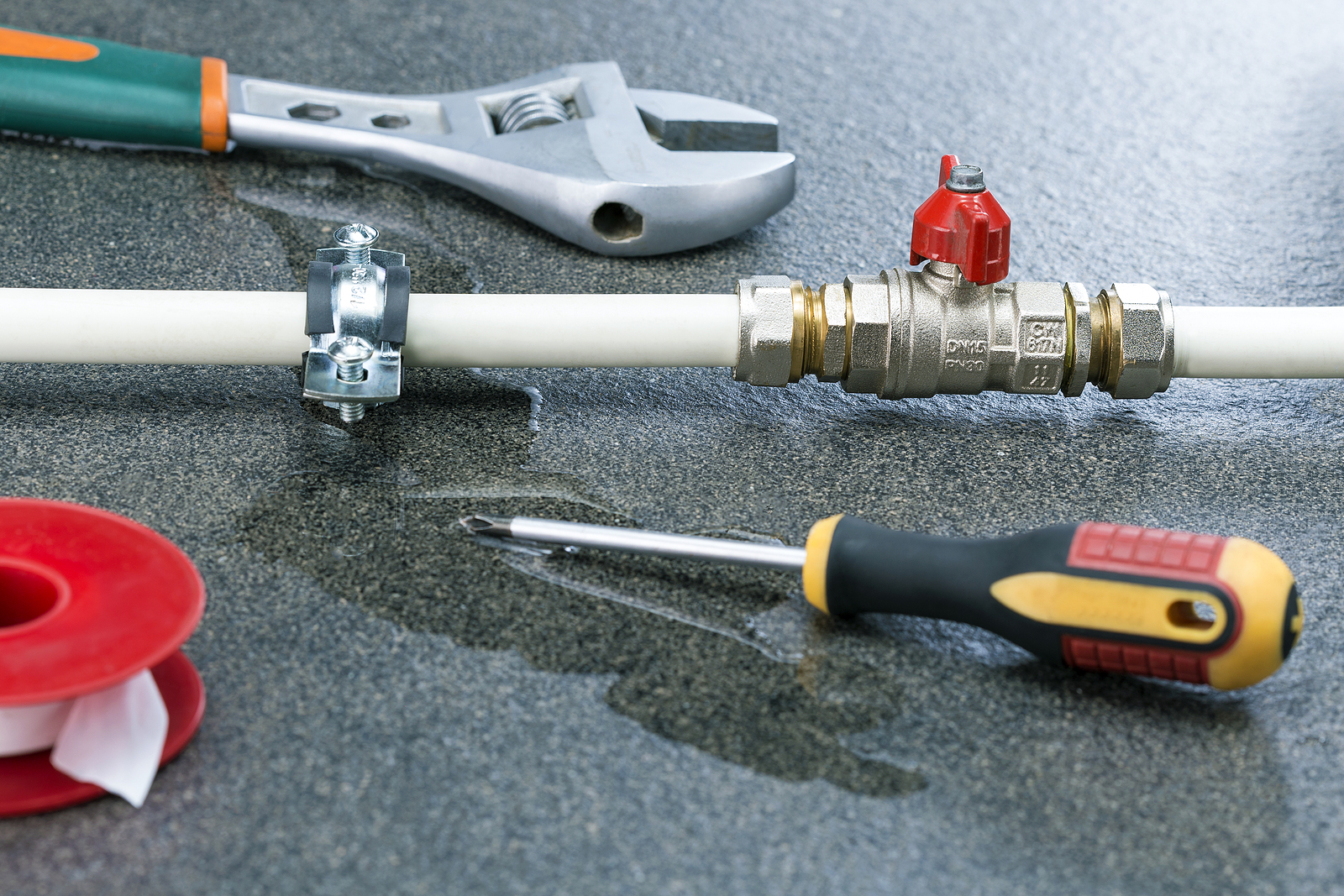This great article listed below in relation to Detecting hidden plumbing leaks is unquestionably fascinating. Check it out for yourself and decide what you think about it.

Early detection of dripping water lines can mitigate a potential catastrophe. In addition to saving you cash, it will minimize the irritation and irritation. The minute you discover a leakage, calling your plumber for repairs is the most effective option. Nonetheless, some small water leaks might not be visible. Below are some hacks that help if you can not find it with your naked eyes.
1. Take A Look At the Water Meter
Every residence has a water meter. Checking it is a proven manner in which helps you find leaks. For beginners, shut off all the water resources. Make sure no one will certainly flush, utilize the tap, shower, run the washing machine or dishwashing machine. From there, go to the meter and also watch if it will alter. Considering that no one is utilizing it, there should be no motions. That suggests a fast-moving leakage if it moves. If you identify no changes, wait an hour or two as well as examine back once more. This implies you might have a sluggish leakage that can also be below ground.
2. Inspect Water Usage
If you identify sudden changes, in spite of your usage being the same, it implies that you have leakages in your plumbing system. An abrupt spike in your bill indicates a fast-moving leak.
On the other hand, a stable boost on a monthly basis, despite having the same routines, reveals you have a slow leak that's likewise gradually rising. Call a plumber to extensively examine your residential or commercial property, particularly if you feel a warm location on your floor with piping below.
3. Do a Food Coloring Examination
When it comes to water usage, 30% comes from bathrooms. If the color in some way infiltrates your bowl during that time without flushing, there's a leak between the container and also dish.
4. Asses Outside Lines
Do not fail to remember to inspect your outside water lines as well. Test spigots by attaching a garden hose. Needs to water seep out of the link, you have a loosened rubber gasket. Change this and make certain all links are tight. If you've got a lawn sprinkler, it will help get it properly took a look at and also maintained every year. One small leakage can squander lots of water and also spike your water expense.
5. Examine as well as Assess the Situation
Home owners must make it a habit to inspect under the sink counters and even inside cupboards for any kind of bad odor or mold and mildew development. These two red flags show a leakage so timely interest is called for. Doing routine examinations, even bi-annually, can conserve you from a major trouble.
Check for stainings and damaging as many appliances and pipelines have a life expectancy. If you think dripping water lines in your plumbing system, don't wait for it to rise.
Early discovery of leaking water lines can reduce a possible calamity. Some tiny water leaks may not be noticeable. Examining it is a proven means that aids you uncover leaks. One small leakage can squander tons of water and also increase your water costs.
If you believe leaking water lines in your plumbing system, don't wait for it to escalate.
WARNING SIGNS OF WATER LEAKAGE BEHIND THE WALL
PERSISTENT MUSTY ODORS
As water slowly drips from a leaky pipe inside the wall, flooring and sheetrock stay damp and develop an odor similar to wet cardboard. It generates a musty smell that can help you find hidden leaks.
MOLD IN UNUSUAL AREAS
Mold usually grows in wet areas like kitchens, baths and laundry rooms. If you spot the stuff on walls or baseboards in other rooms of the house, it’s a good indicator of undetected water leaks.
STAINS THAT GROW
When mold thrives around a leaky pipe, it sometimes takes hold on the inside surface of the affected wall. A growing stain on otherwise clean sheetrock is often your sign of a hidden plumbing problem.
PEELING OR BUBBLING WALLPAPER / PAINT
This clue is easy to miss in rooms that don’t get much use. When you see wallpaper separating along seams or paint bubbling or flaking off the wall, blame sheetrock that stays wet because of an undetected leak.
BUCKLED CEILINGS AND STAINED FLOORS
If ceilings or floors in bathrooms, kitchens or laundry areas develop structural problems, don’t rule out constant damp inside the walls. Wet sheetrock can affect adjacent framing, flooring and ceilings.
https://www.servicemasterbyzaba.com/blog/how-to-detect-water-leakage-in-walls/

Do you like reading about Top leak detection hacks? Give a remark down below. We would be interested to listen to your thinking about this review. In hopes that you visit us again in the near future. Loved our write-up? Please share it. Help other people locate it. I praise you for your time. Kindly check up our blog back soon.
Comments on “Overview To Water Leakage Detection In Your Home”